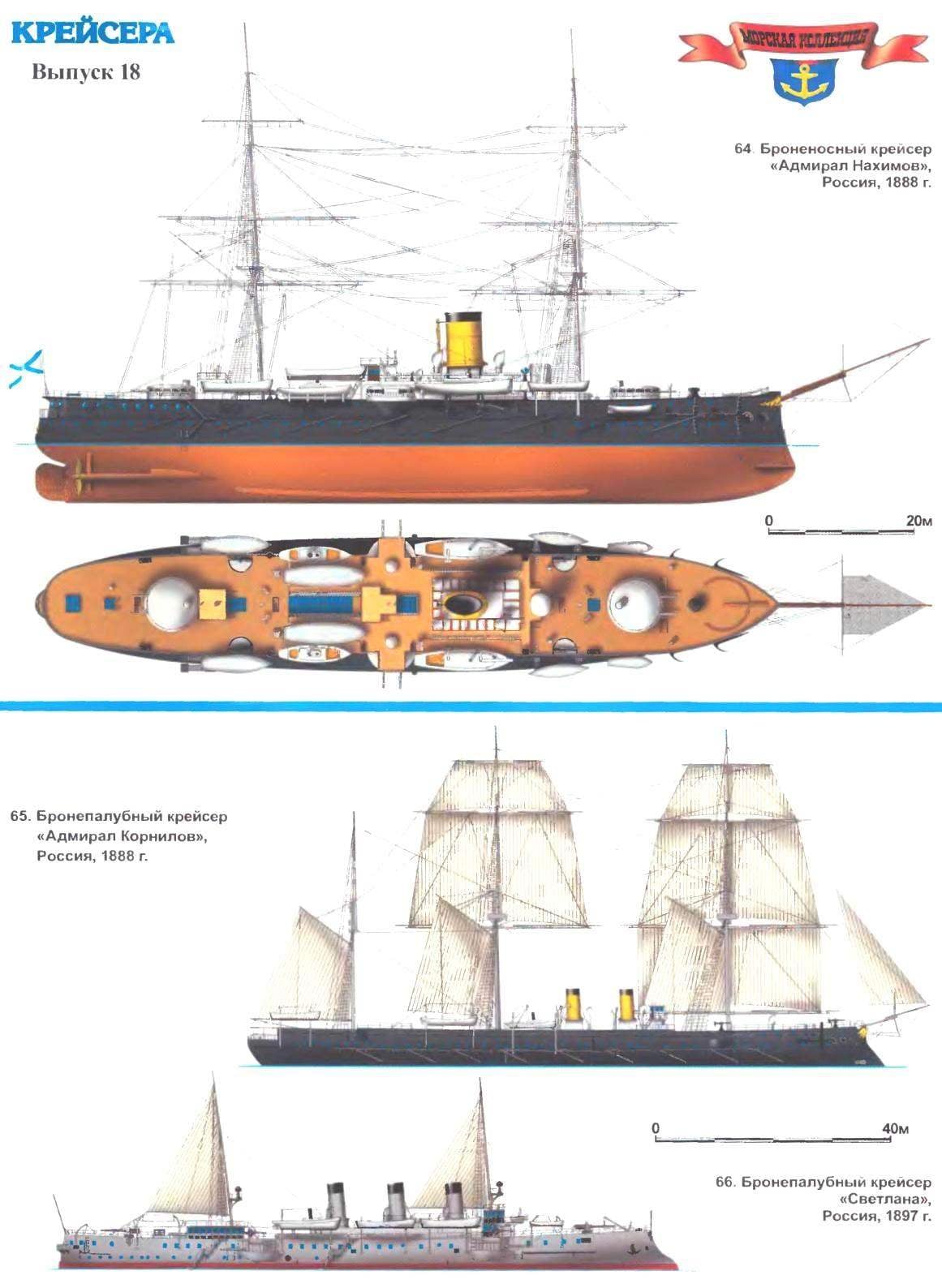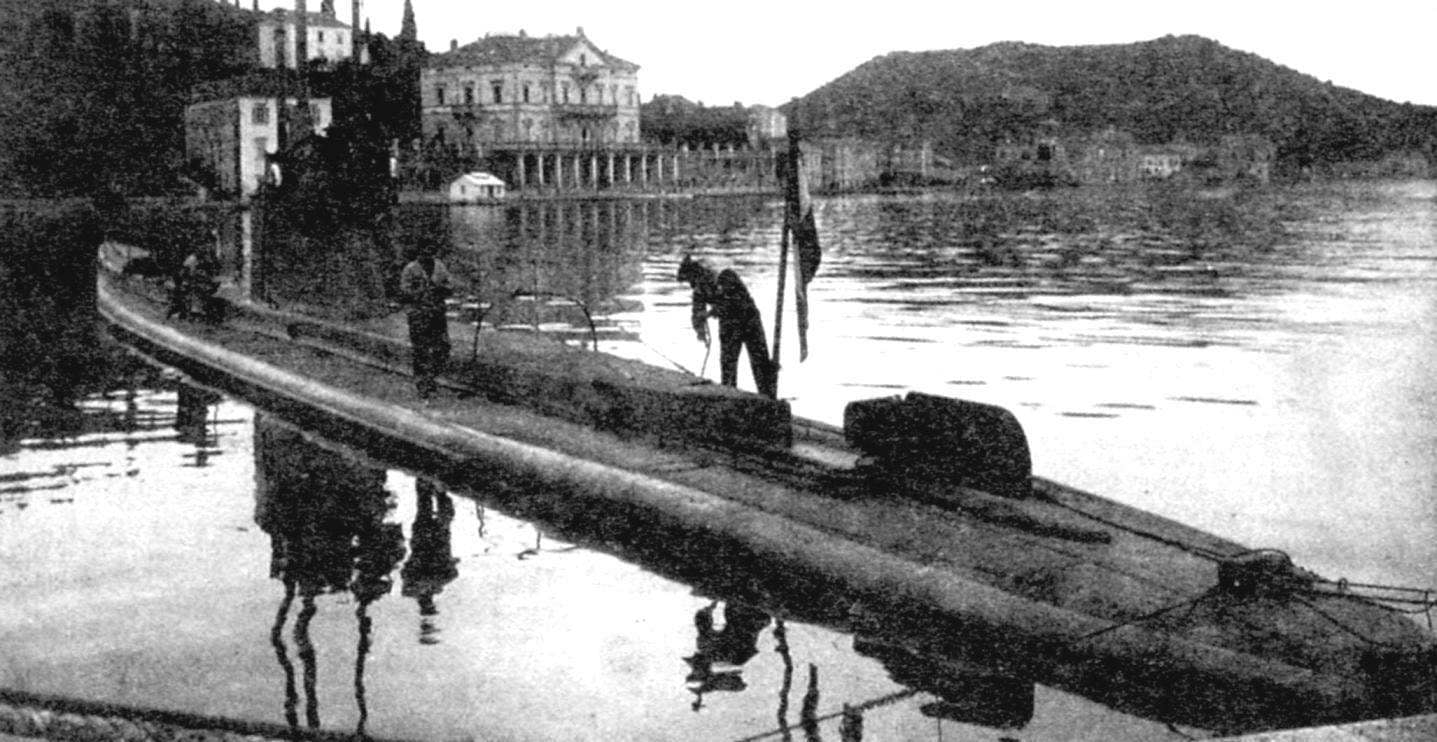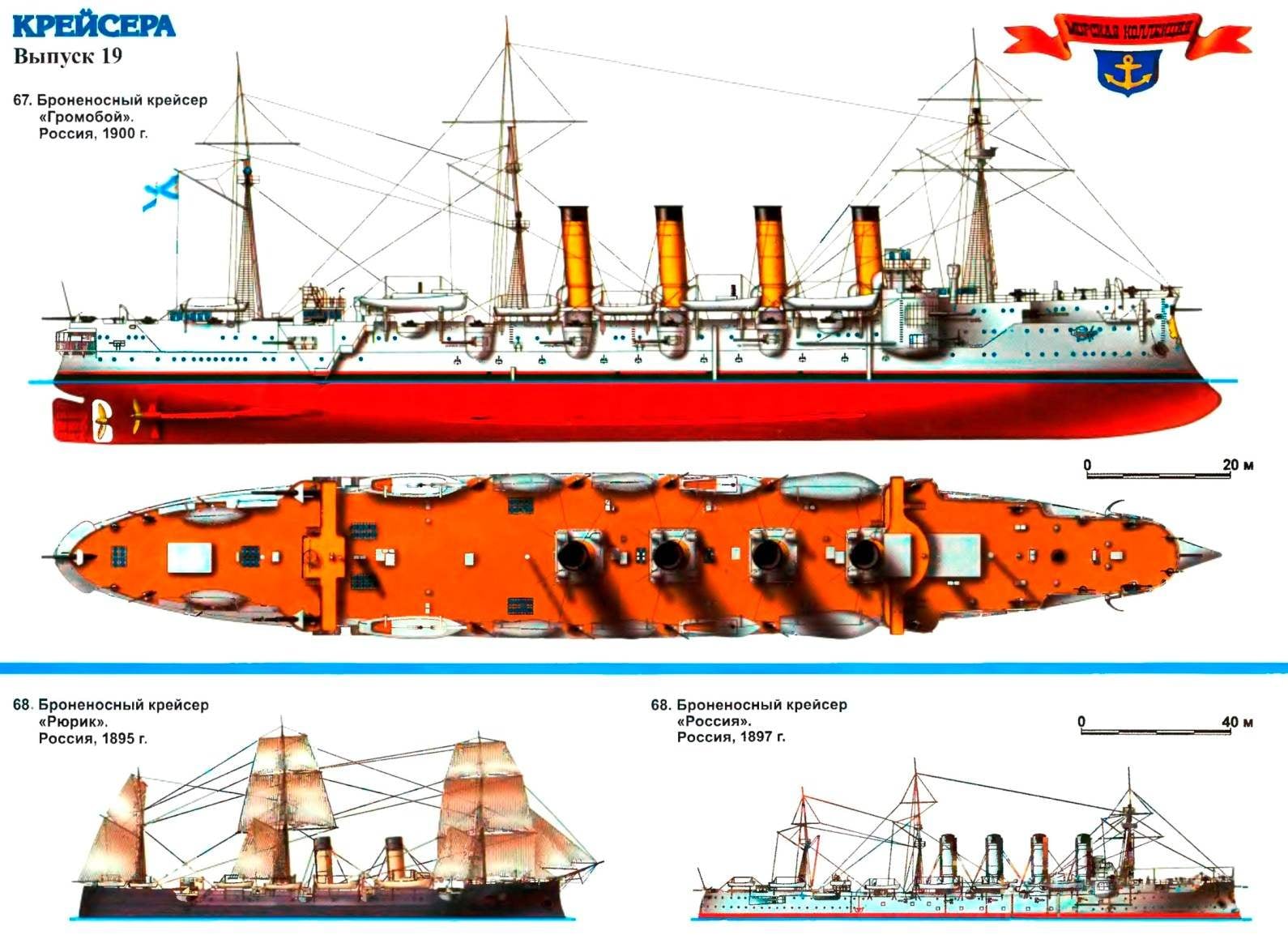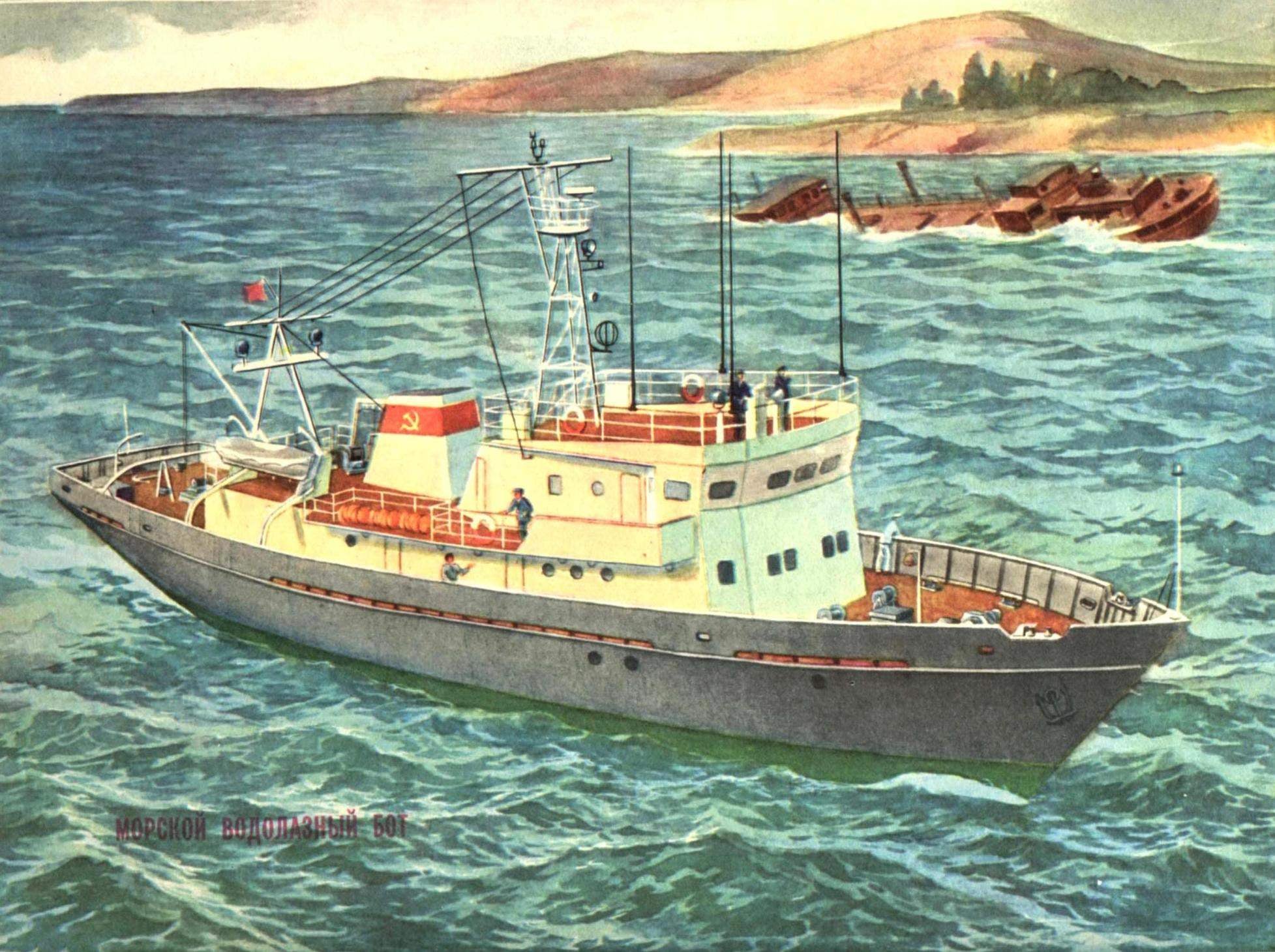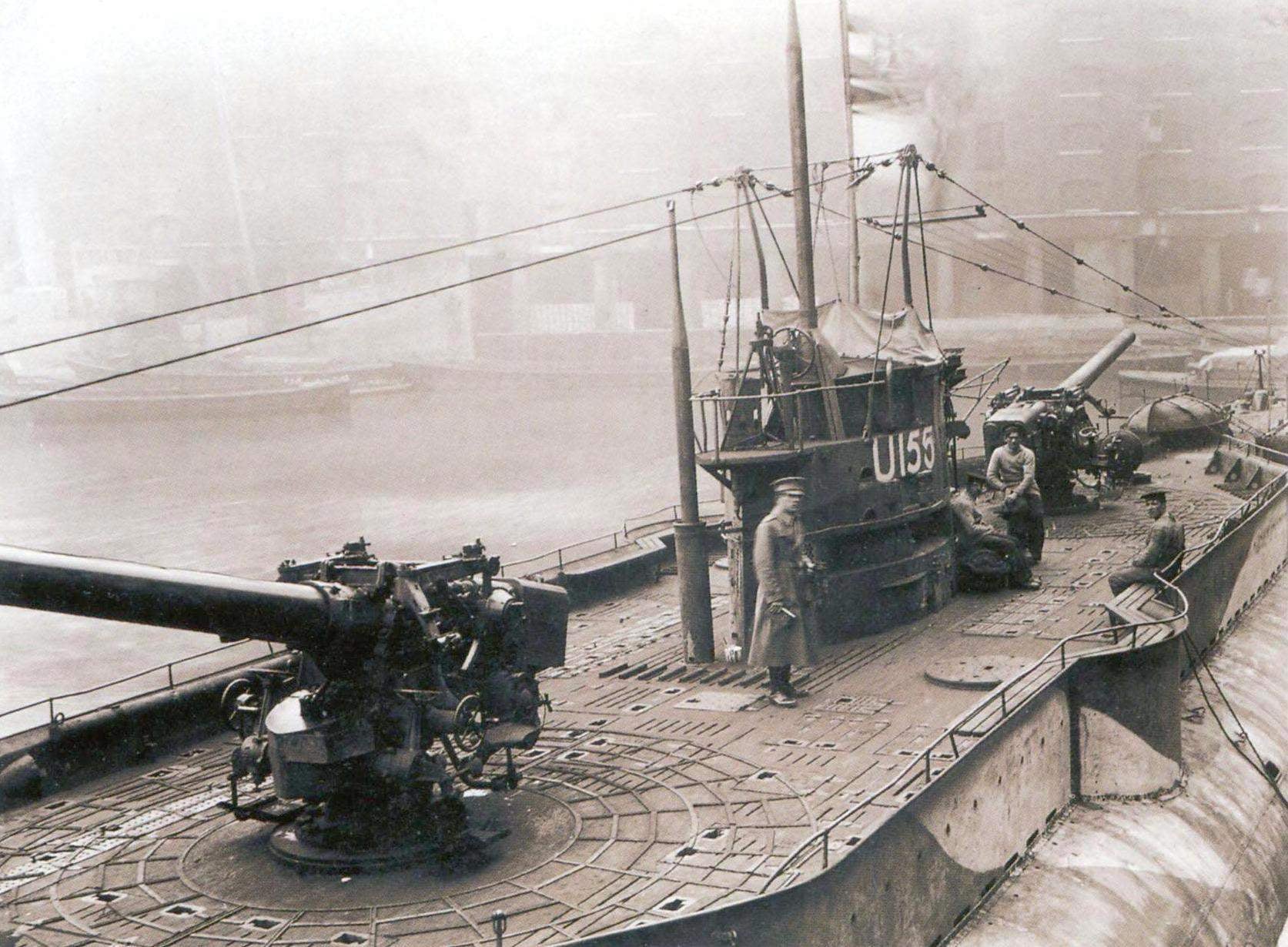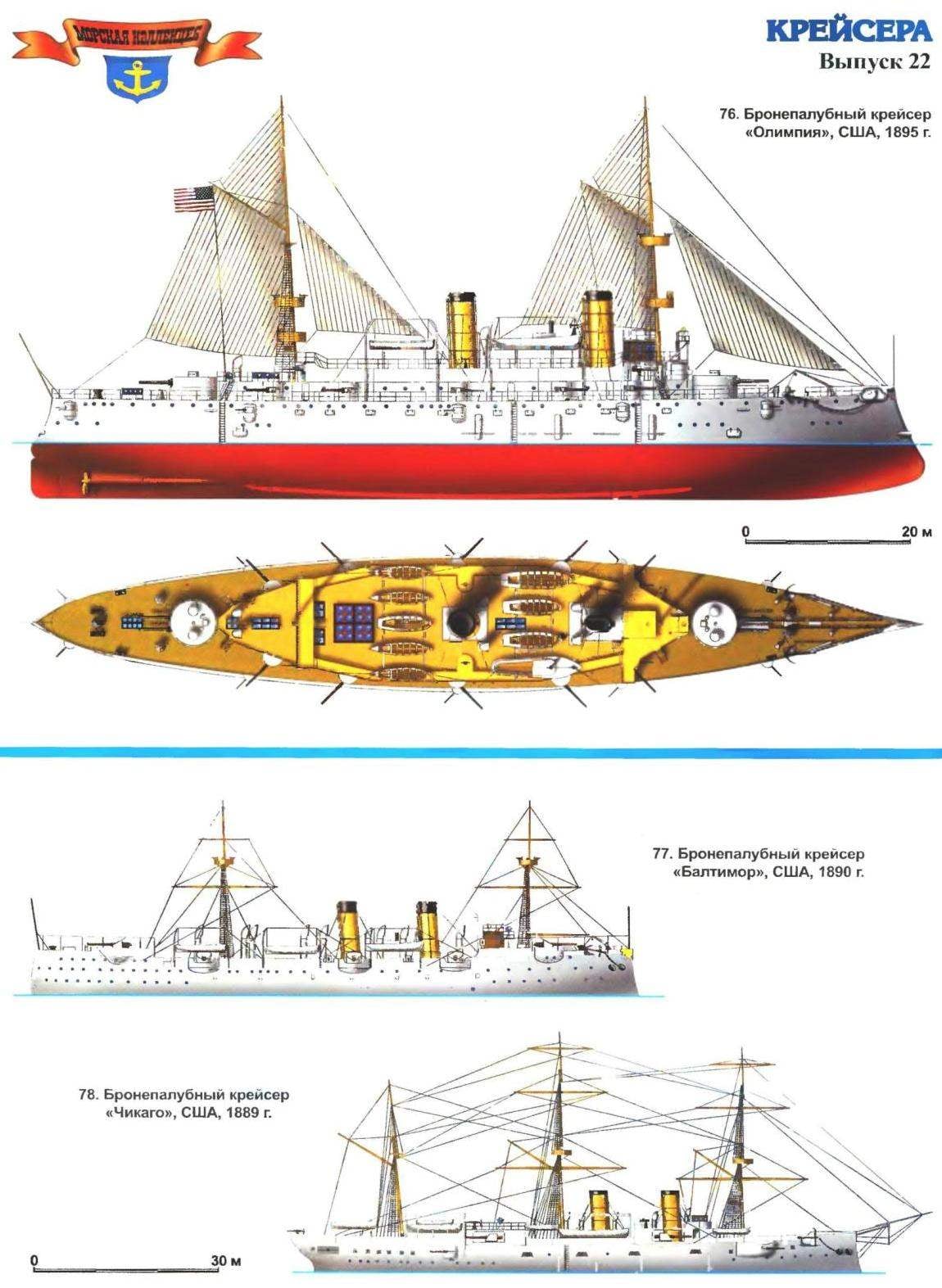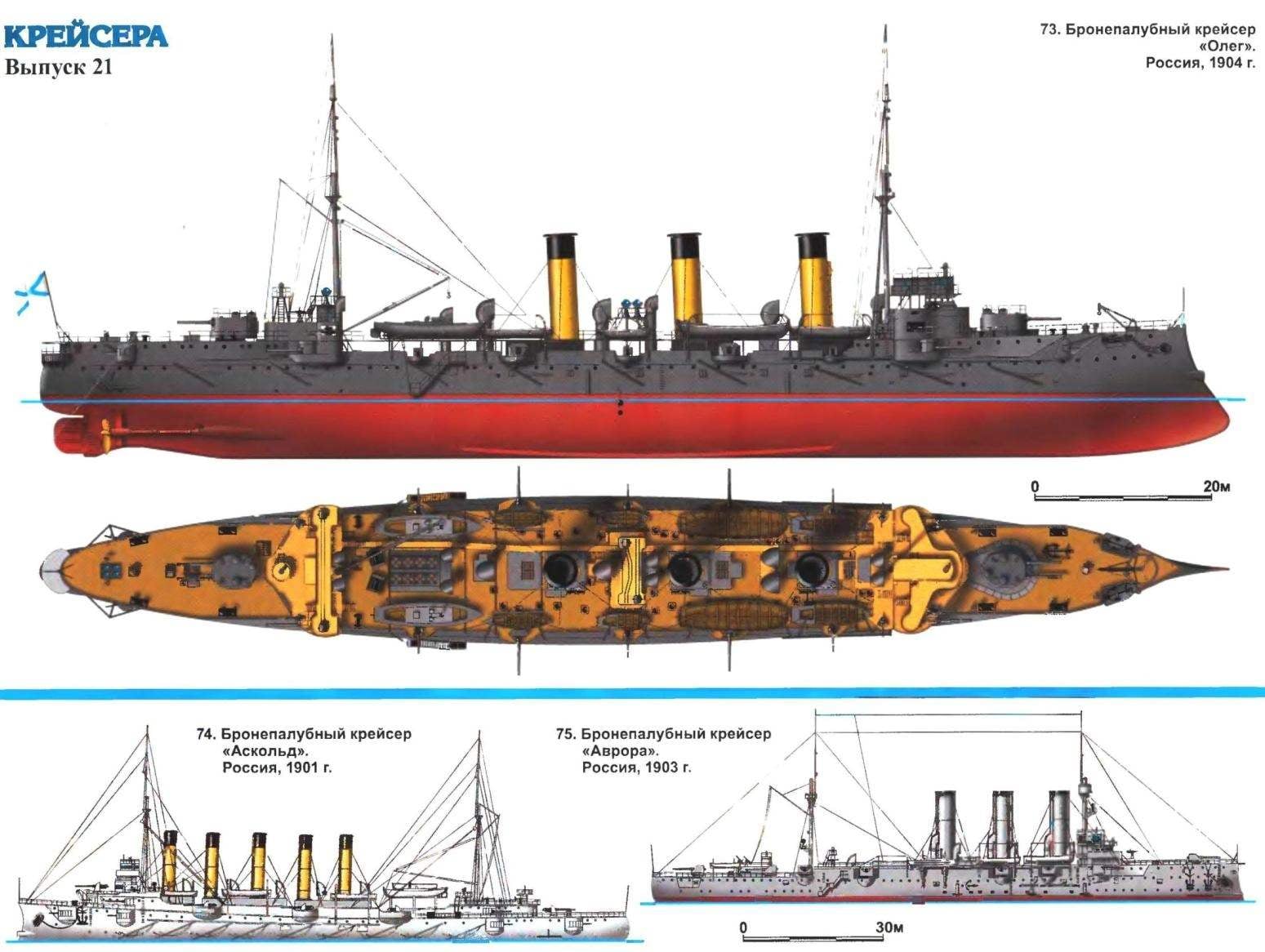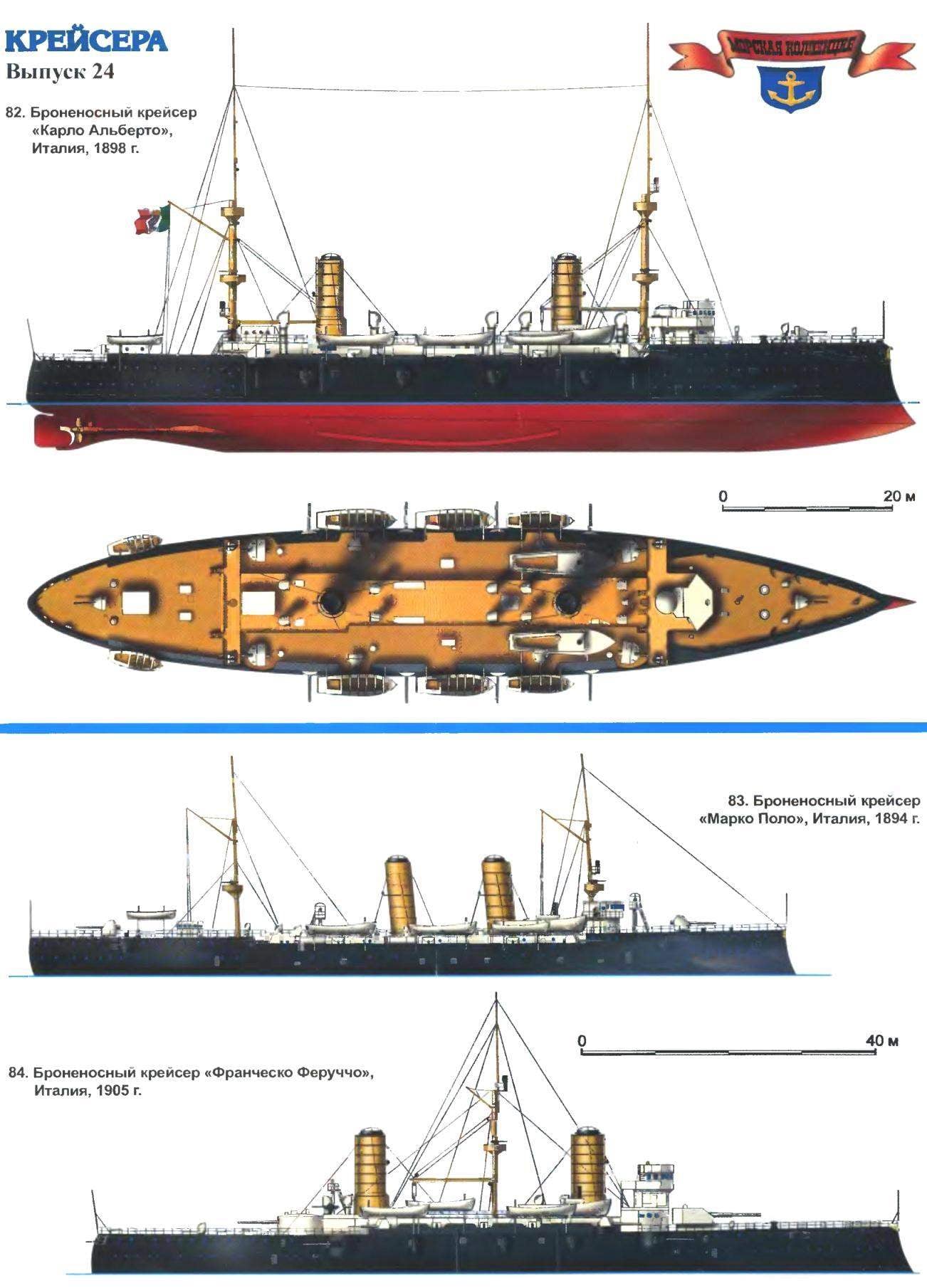 The French fleet of the late 80-ies of the XIX century, is familiar to specialists first of all thanks to Admiral Théophile OBU and his “young school.” Well known for their ideas of building naval forces: a Horde of destroyers, spread across ports and backed by armored coastal defense vessels.
The French fleet of the late 80-ies of the XIX century, is familiar to specialists first of all thanks to Admiral Théophile OBU and his “young school.” Well known for their ideas of building naval forces: a Horde of destroyers, spread across ports and backed by armored coastal defense vessels.
Marine
“MODEL” CRUISER
 “Time of troubles” was the 80-ies of the XIX century for the Russian Navy in General and cruising in particular. In addition to the lungs paranapanema clippers (which was already, in essence, mostly training ships), genuine domestic development remained armored frigates of the “Dmitry Donskoy” and “Vladimir Monomakh”. However, very good for the time of laying they are with their sailing mast location and battery of artillery was somewhat aloof from the world trends in the development of cruisers and gradually became obsolete. The main sea powers one after the other tended to build armored units. Some new armored cruiser was gradually lost huge “sailing” mast with a web of cable and wires, getting in return a contemporary energy and gun installation.
“Time of troubles” was the 80-ies of the XIX century for the Russian Navy in General and cruising in particular. In addition to the lungs paranapanema clippers (which was already, in essence, mostly training ships), genuine domestic development remained armored frigates of the “Dmitry Donskoy” and “Vladimir Monomakh”. However, very good for the time of laying they are with their sailing mast location and battery of artillery was somewhat aloof from the world trends in the development of cruisers and gradually became obsolete. The main sea powers one after the other tended to build armored units. Some new armored cruiser was gradually lost huge “sailing” mast with a web of cable and wires, getting in return a contemporary energy and gun installation.
THE “PATCHWORK” OF SUBMARINES
 By the beginning of the First world war, all naval power was quite easy to divide the main with a significant naval power with diverse and numerous ships of all classes, and secondary, having only a purely local fleets, including, at best, a few dozens of small units and only a few large warships. The former, of course, include the UK, USA, Germany, Russia and France; with some doubt they can add more and Italy. In a wide range of second hits most of the rest of Europe and most developed countries in Latin America. Well, the third category of countries, the Navy of which can be seen only through a magnifying glass, treated other countries in the world, owners is that a pair or two very small gunboats (sometimes proudly referred to as “cruisers”) and other boats, military value has not possessed.
By the beginning of the First world war, all naval power was quite easy to divide the main with a significant naval power with diverse and numerous ships of all classes, and secondary, having only a purely local fleets, including, at best, a few dozens of small units and only a few large warships. The former, of course, include the UK, USA, Germany, Russia and France; with some doubt they can add more and Italy. In a wide range of second hits most of the rest of Europe and most developed countries in Latin America. Well, the third category of countries, the Navy of which can be seen only through a magnifying glass, treated other countries in the world, owners is that a pair or two very small gunboats (sometimes proudly referred to as “cruisers”) and other boats, military value has not possessed.
IN THE OCEAN — RUSSIA ARMORED
 The end of the 80-ies of the XIX century was for the Russian shipbuilding a turning point. The Navy finally became “steel”; changed the materials, machinery, artillery, ammunition, tactics. Gradually began to change the approach to shipbuilding programs: separate “model” ships have passed into history, because the creation of each of the “unique” require a lot of money, and the fleet strength of such loners has increased slightly.
The end of the 80-ies of the XIX century was for the Russian shipbuilding a turning point. The Navy finally became “steel”; changed the materials, machinery, artillery, ammunition, tactics. Gradually began to change the approach to shipbuilding programs: separate “model” ships have passed into history, because the creation of each of the “unique” require a lot of money, and the fleet strength of such loners has increased slightly.
SEA DIVING BOAT
 These small maneuverable vessels are used for long-term diving operations. With their Board examined the bottom waters is inspected the underwater part being afloat or stranded vessels. In addition, they are adapted for underwater excavation, blasting and rescue operations.
These small maneuverable vessels are used for long-term diving operations. With their Board examined the bottom waters is inspected the underwater part being afloat or stranded vessels. In addition, they are adapted for underwater excavation, blasting and rescue operations.TORPEDO, GUN OR MINE?
 Fighting submarines “against all” (and basically struggle with the poor merchant ships), turned around after only a few months after the outbreak of the First world war. For four years, “the human massacre” of German submarines tried several types of weapons, and almost all very good indeed. On truly fateful for the British cruising fleet the use of torpedoes we have already spoken. However, the number of deadly “fish” on Board “U-Baotou” was very small. Accordingly, if their commanders could only use this kind of weapon, the number sunk in one campaign ships could not exceed a torpedo ammo, then there are 8-10 pieces.
Fighting submarines “against all” (and basically struggle with the poor merchant ships), turned around after only a few months after the outbreak of the First world war. For four years, “the human massacre” of German submarines tried several types of weapons, and almost all very good indeed. On truly fateful for the British cruising fleet the use of torpedoes we have already spoken. However, the number of deadly “fish” on Board “U-Baotou” was very small. Accordingly, if their commanders could only use this kind of weapon, the number sunk in one campaign ships could not exceed a torpedo ammo, then there are 8-10 pieces.
MIRACLES FROM “ARMSTRONG”
 We left sir William Armstrong and his designers, who belonged to the elite of British shipbuilding, at a time when the firm appeared on a wide road. After the completion of the new plant in Alsviki main exporter of military ships of the late nineteenth century were finally able to turn around in full force.
We left sir William Armstrong and his designers, who belonged to the elite of British shipbuilding, at a time when the firm appeared on a wide road. After the completion of the new plant in Alsviki main exporter of military ships of the late nineteenth century were finally able to turn around in full force.
WHEN THE SLEEPER WAKES…
 In the decade following the civil war greatest and bloodiest in American history, the United States experienced a steady rise. The country enjoyed its political and economic freedom, step by step closer to world supremacy in industrial production. Already in the mid 80-ies of the XIX century, steel production was compared with the same period in the British Empire. And on it there were many customers: a huge amount of metal left on the rapidly growing railway, agricultural equipment, commercial ships.
In the decade following the civil war greatest and bloodiest in American history, the United States experienced a steady rise. The country enjoyed its political and economic freedom, step by step closer to world supremacy in industrial production. Already in the mid 80-ies of the XIX century, steel production was compared with the same period in the British Empire. And on it there were many customers: a huge amount of metal left on the rapidly growing railway, agricultural equipment, commercial ships.
“GODDESS”, THE CHARACTERS AND SYMBOLS
 Few ocean giants — “Rurik”, Gromoboy and Rossiya, though it presented a menace to navigation “ancestral enemy” — Britain in the case seemed such a possible war, but the scale of such threats were clearly insufficient. Three ships, even very powerful, did not make the weather. Cruisers need to have a lot; this postulate was confirmed by the experience of past wars and the logic has not yet occurred.
Few ocean giants — “Rurik”, Gromoboy and Rossiya, though it presented a menace to navigation “ancestral enemy” — Britain in the case seemed such a possible war, but the scale of such threats were clearly insufficient. Three ships, even very powerful, did not make the weather. Cruisers need to have a lot; this postulate was confirmed by the experience of past wars and the logic has not yet occurred.
VERY DILIGENT STUDENT
 Next to the recognized Maritime Grand France on the Mediterranean sea as something almost suddenly, for some 20 years has increased an unexpected rival—the Italian Royal Navy. Having in 1866 offensive and sensitive defeat off the island of Lissa, which was followed by a natural period of doubt and reflection, the leadership of the Navy and the designers of the Peninsula are actively set to work. Italian naval policy tried to borrow more strong colleagues and rivals the best features: the British—their rationality and discipline, the French—the pursuit of technical progress, the Germans—a reasonable defensive strategy. The main contribution was a clear understanding that Italy will never be able to catch up with the elder brothers quantitatively. So one had to look for “asymmetric response” everywhere, including in shipbuilding.
Next to the recognized Maritime Grand France on the Mediterranean sea as something almost suddenly, for some 20 years has increased an unexpected rival—the Italian Royal Navy. Having in 1866 offensive and sensitive defeat off the island of Lissa, which was followed by a natural period of doubt and reflection, the leadership of the Navy and the designers of the Peninsula are actively set to work. Italian naval policy tried to borrow more strong colleagues and rivals the best features: the British—their rationality and discipline, the French—the pursuit of technical progress, the Germans—a reasonable defensive strategy. The main contribution was a clear understanding that Italy will never be able to catch up with the elder brothers quantitatively. So one had to look for “asymmetric response” everywhere, including in shipbuilding.

